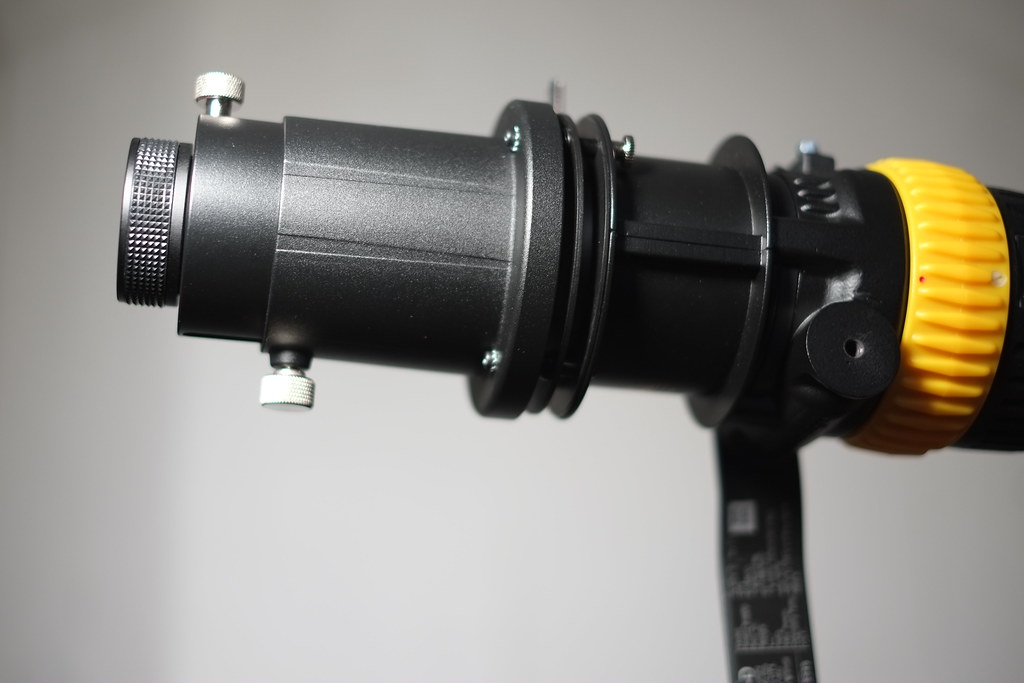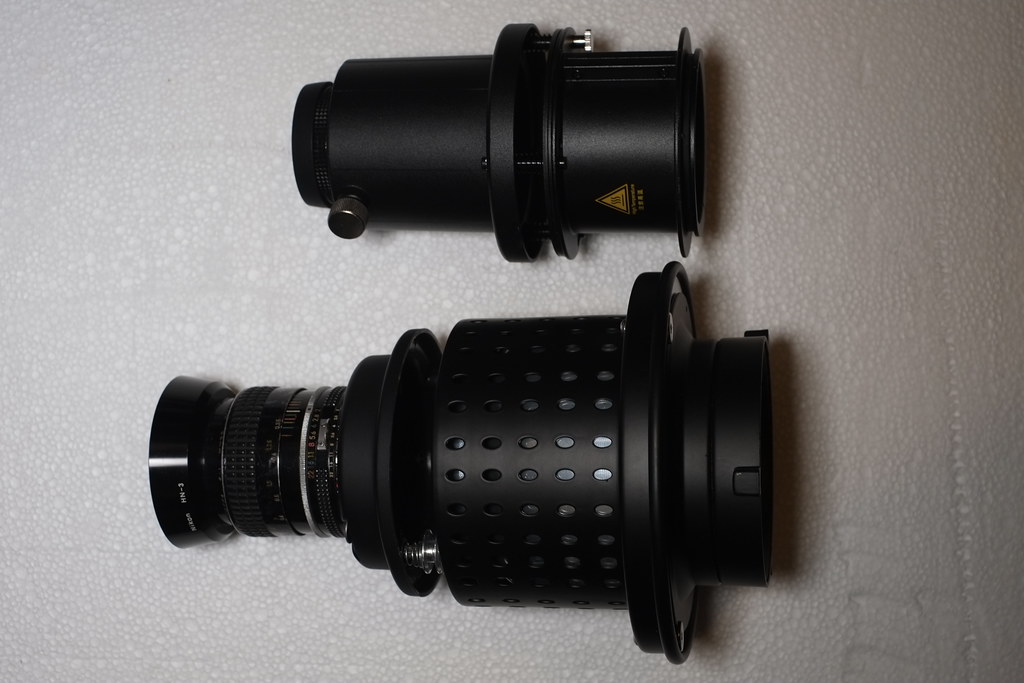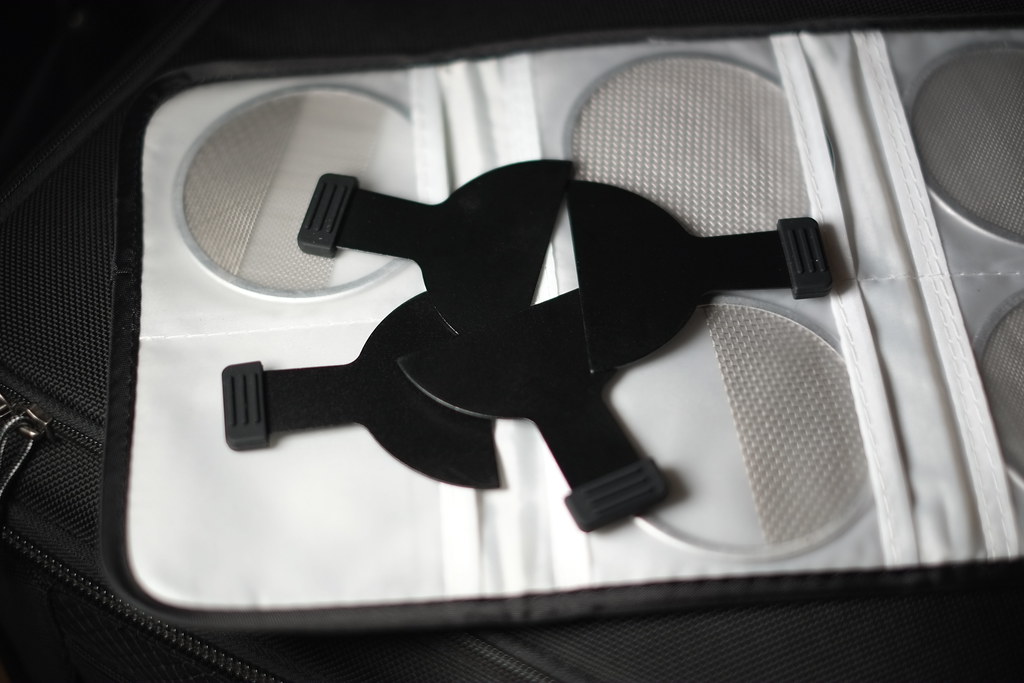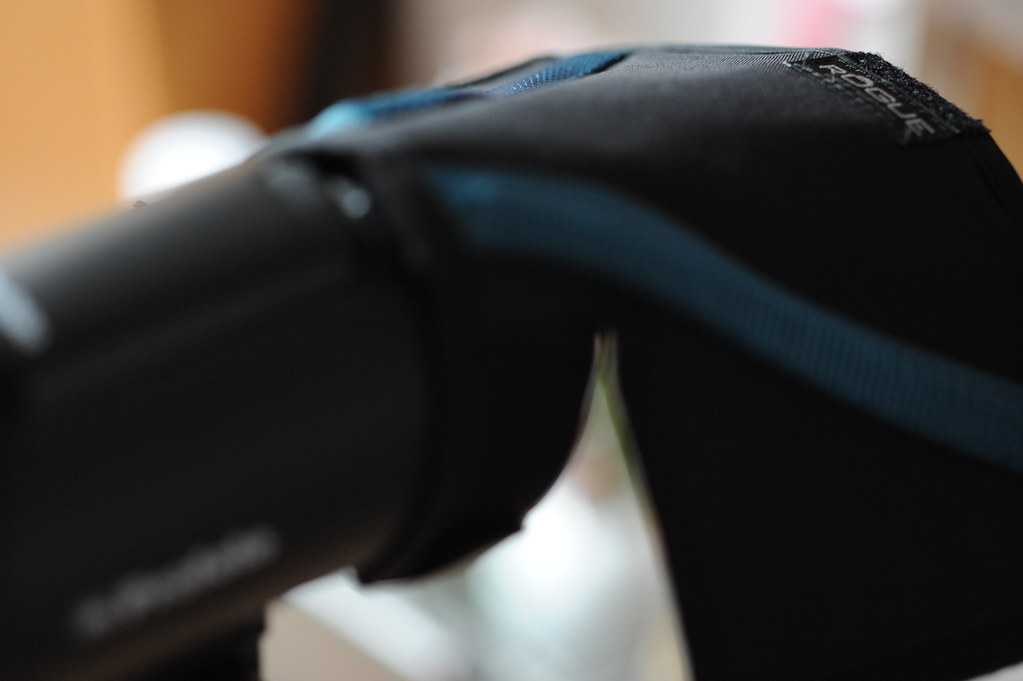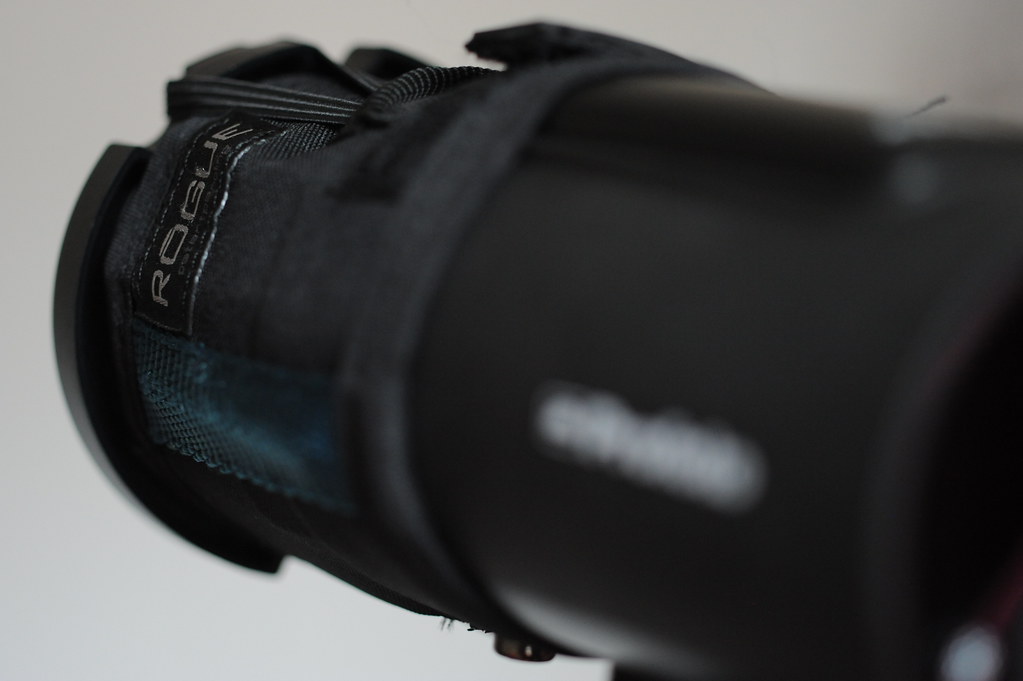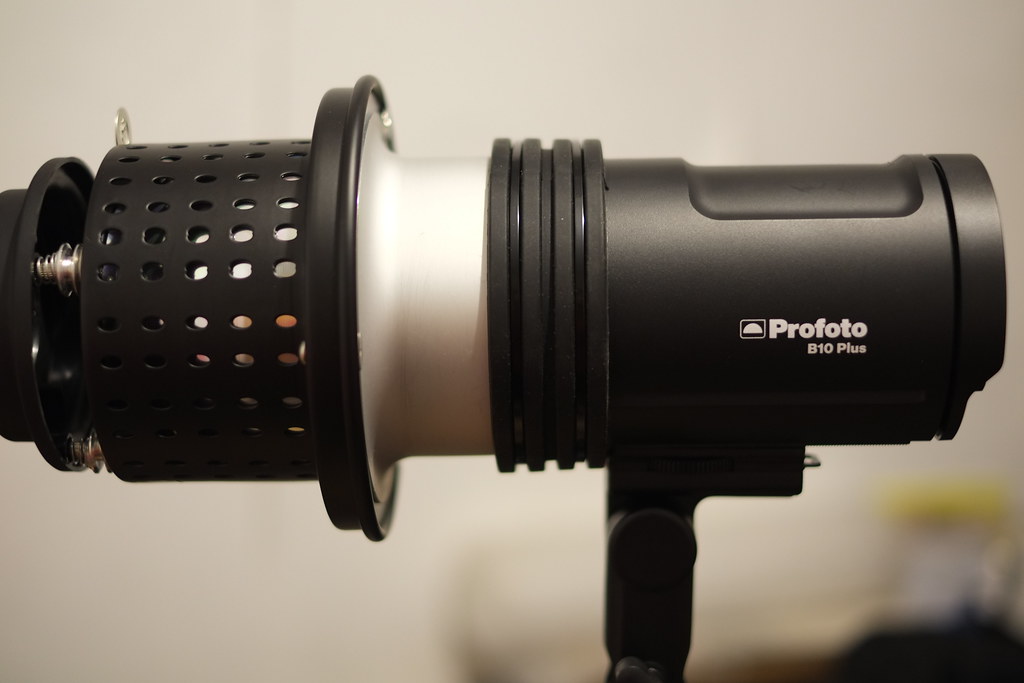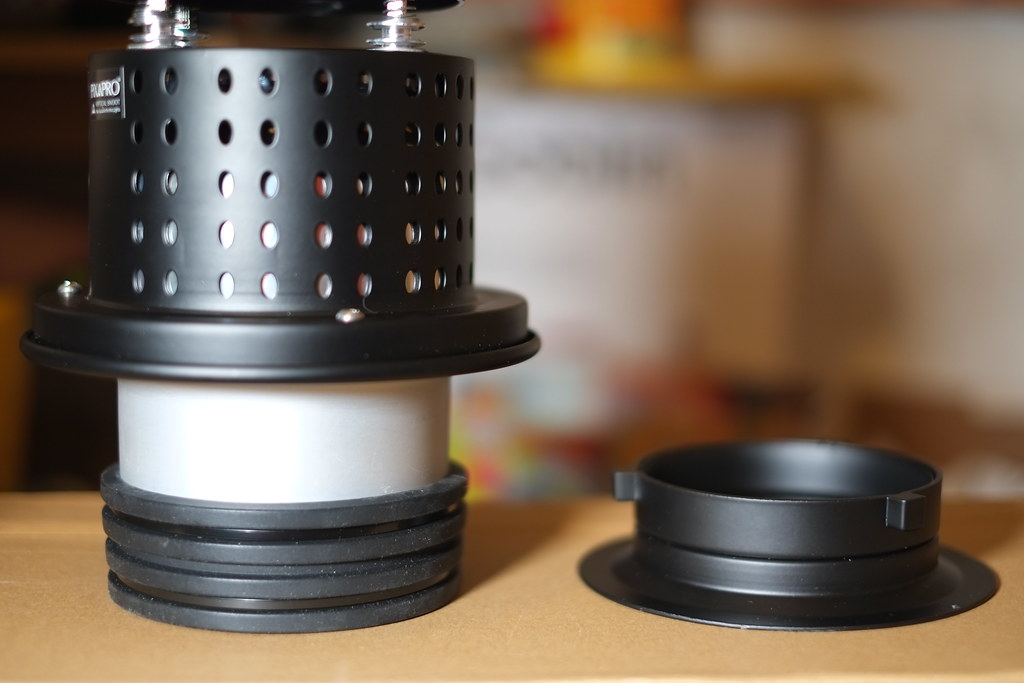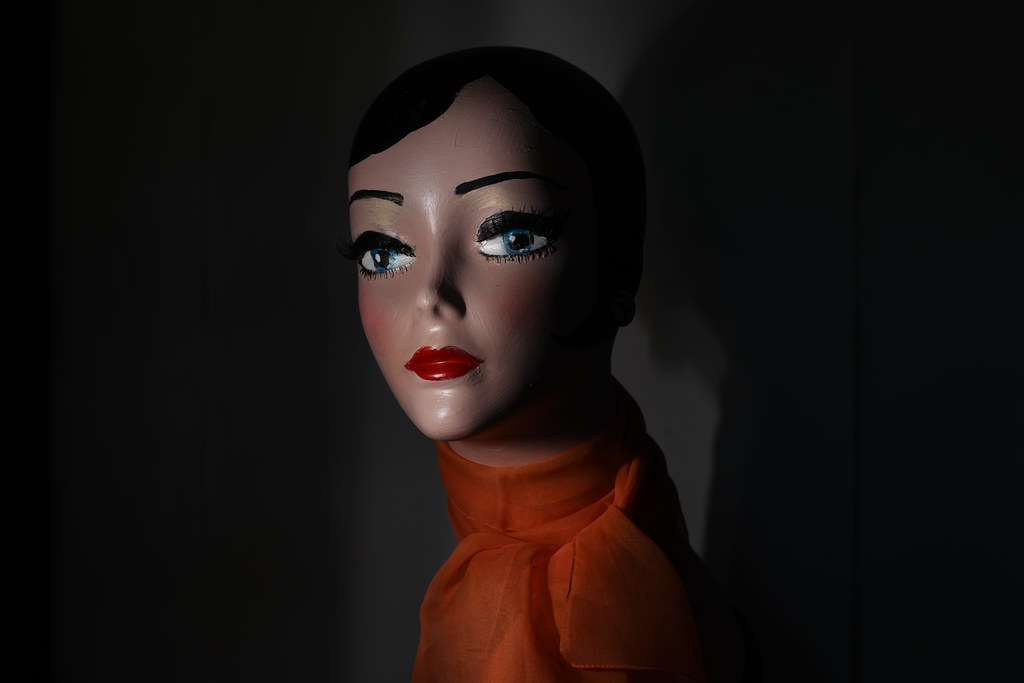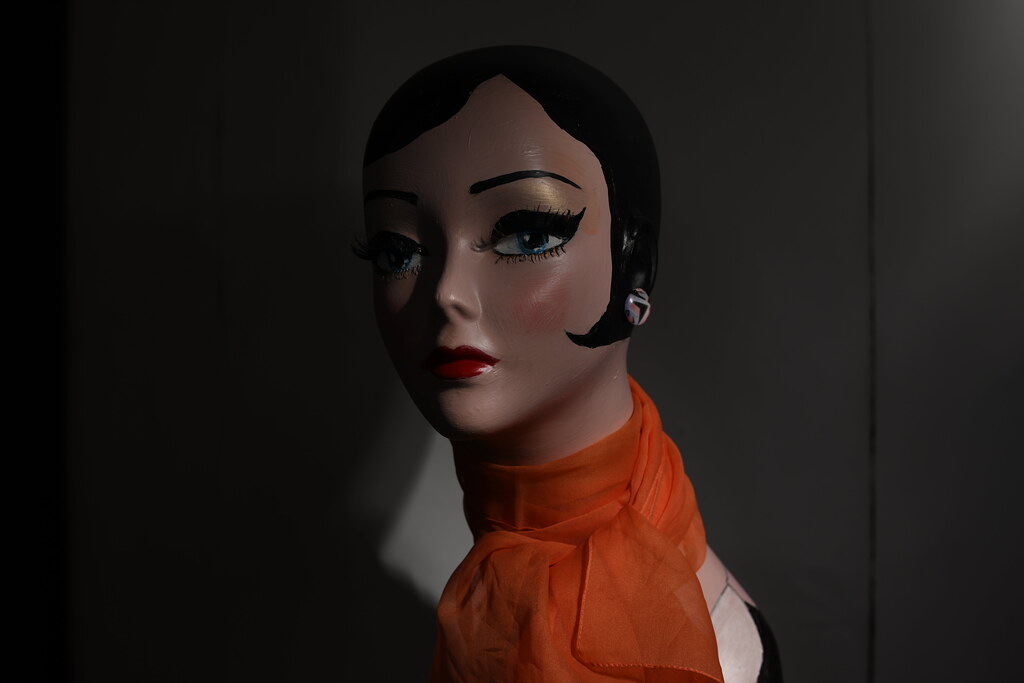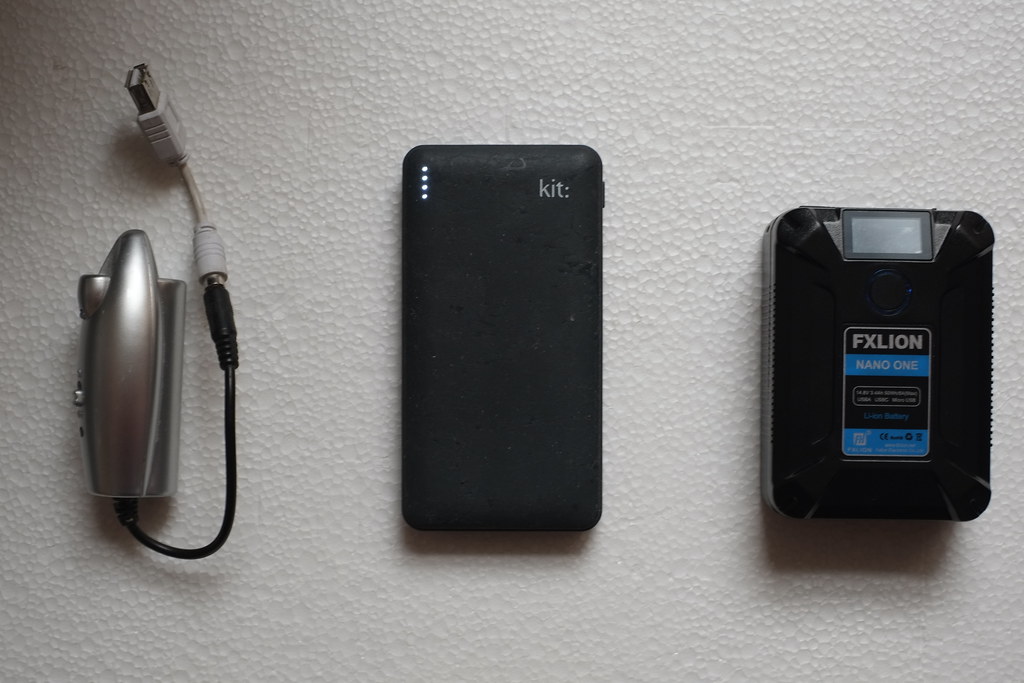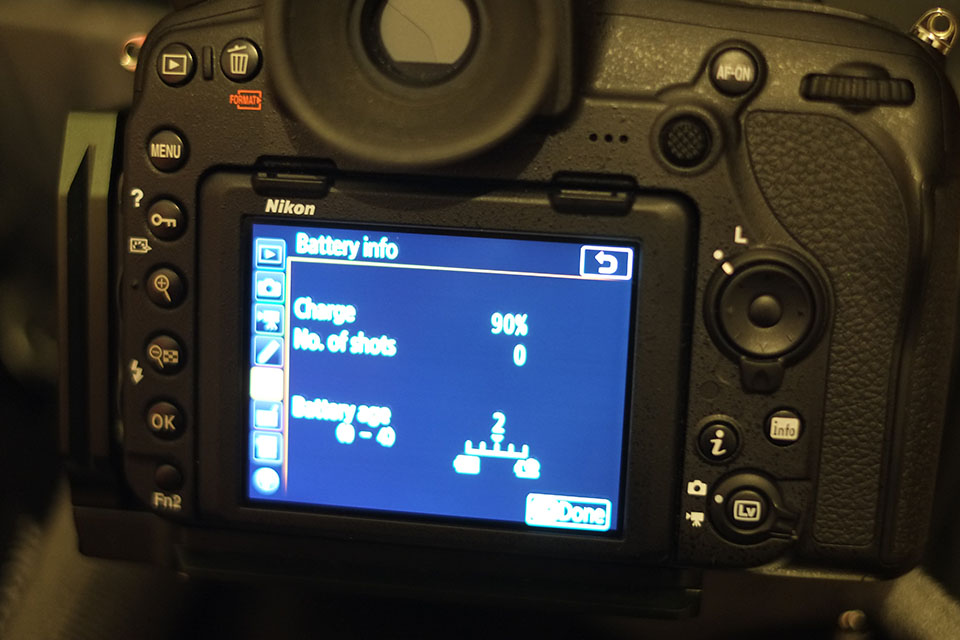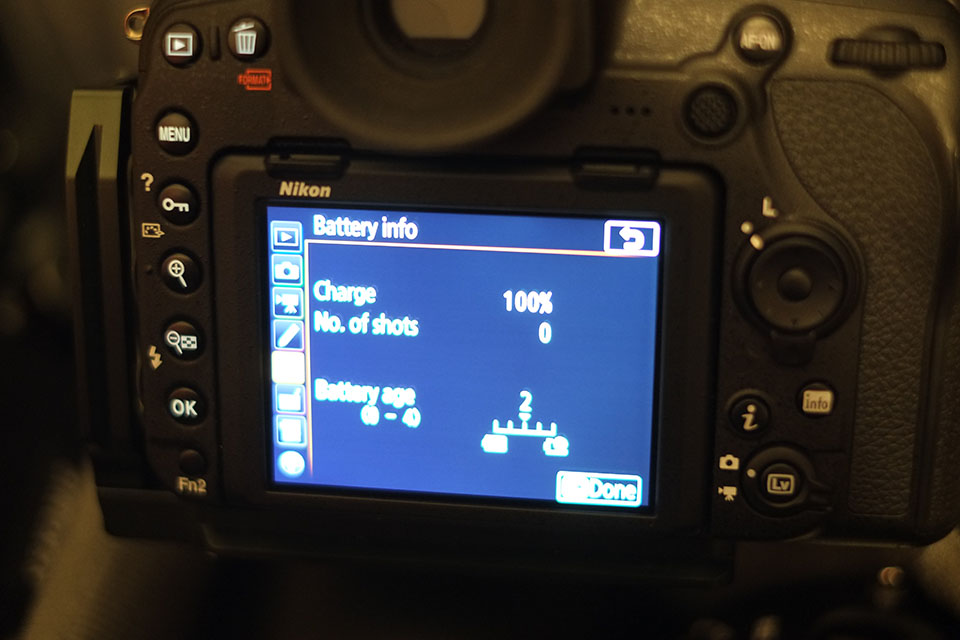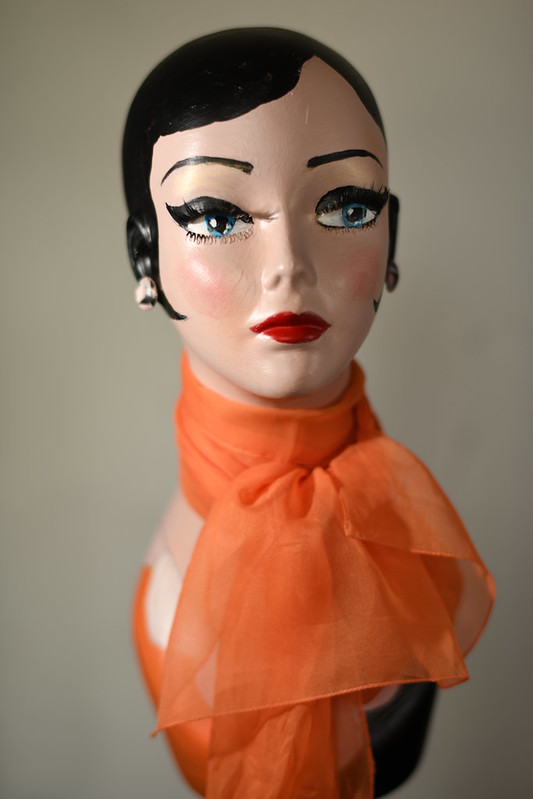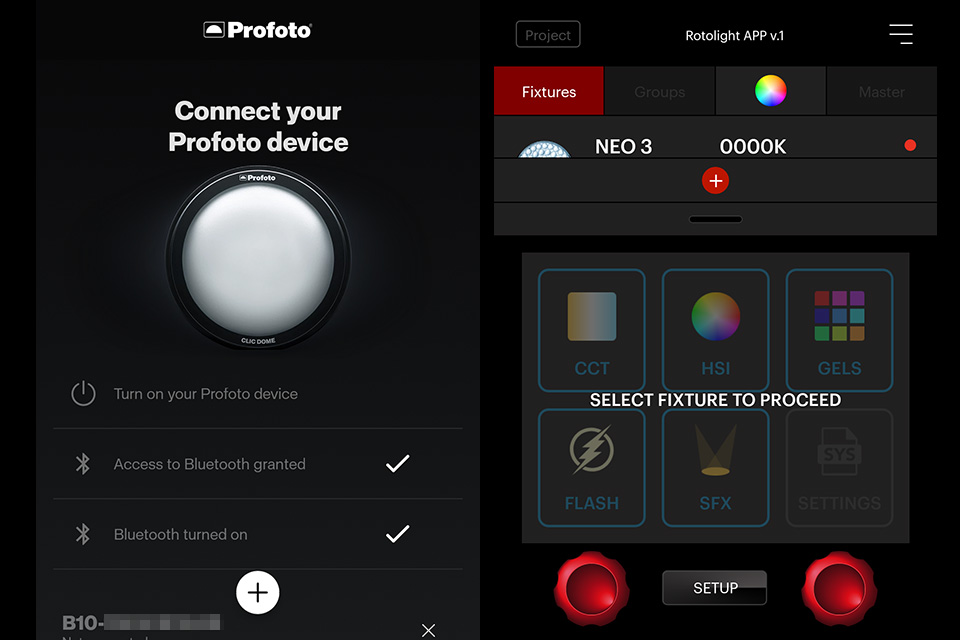I know it isn’t out yet but I have pre-ordered the Nikon Z8 mirrorless camera.
Why? You might ask, as we don’t know what it looks like or the specifications for it. We don’t even know the price. But to me it makes sense.
I have the Hasselblad 500C/M with the 150mm lens sitting around doing nothing. It was a lockdown project but now that I have less time to play with film it is just taking up room in a camera bag. So I have put it in part exchange at London Camera Exchange for the yet to be announced Nikon Z8 camera.
You don’t really have to be a genius to work out that at some point Nikon will have a Z8 series if there are the Z5, Z6, Z7 and Z9 series of cameras.
I love my D850 but mirrorless is the future and I really do need to get on that bandwagon properly.
10 May 2023 The official launch for the Nikon Z8 happened today at 1300 BST.
The suggested UK retail price is £3999. Which is a lot more money than I was expecting to spend.
I can’t really justify keeping the D850 if this is the price I’m going to have to pay for the Z8. So it will have to go. But I will still be keeping the D3 for any of the autofocus lenses that won’t work with the new camera using the FTZ adapter.
The problem with this plan is that there might be other photographers who are thinking the same thing. Which will mean plummeting prices for a secondhand D850 as loads of them come on to the market. Good if you are looking for an excellent DSLR but can’t or don’t want to pay full price.
